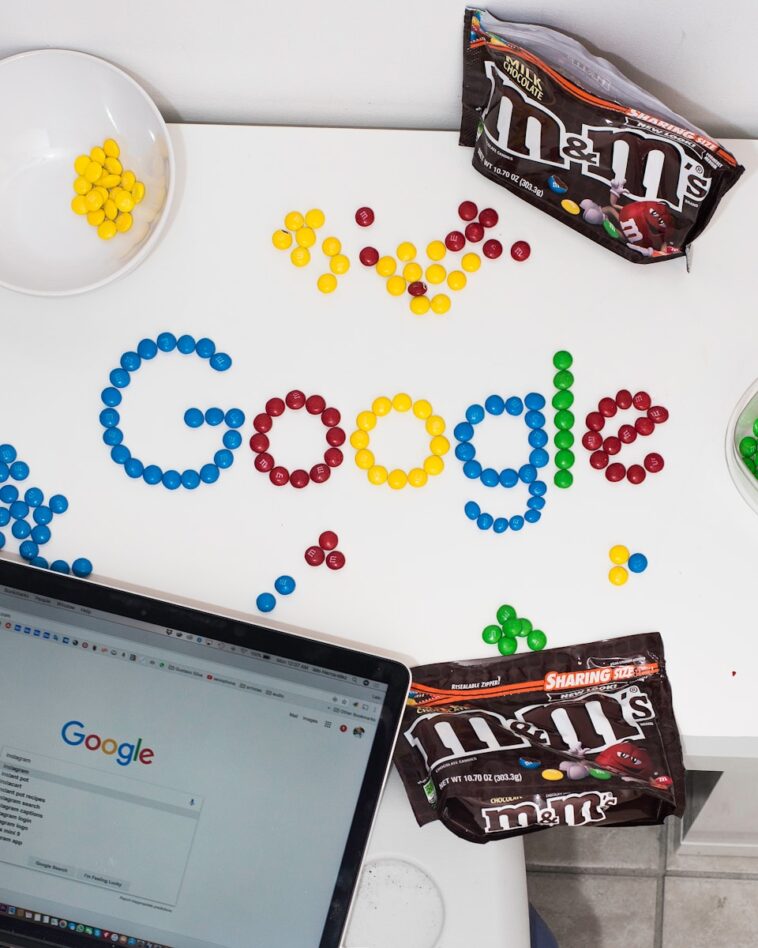If you’re running a website or even just starting one, you’ve probably asked yourself: How do I actually get this thing to show up on Google?
You’re not alone. It’s one of the most common questions I get from people trying to build traffic, grow a business, or just get more eyes on what they’ve worked hard to create.
Search engine optimization (SEO) isn’t some secret only developers or tech pros can understand. It’s something anyone can do with the right approach, a little time, and consistency.
You don’t need to be an expert—you just need to know the right steps to take. That’s what this article is all about.
Let’s walk through what actually moves the needle for SEO in 2025. I’ll keep it simple, actionable, and focused on real things that can help your site rank better on Google without the fluff.
What is SEO (And Why Should I Care)?
SEO is short for Search Engine Optimization—basically, it’s how you get your website to show up when someone Googles something related to what you offer.
Let’s say you run a blog about healthy recipes. When someone types “easy vegan dinner ideas” into Google, you want your blog post to show up on page one, ideally right at the top. Good SEO helps make that happen.
Why does it matter? Because the first page of Google gets almost 95% of all search traffic—and more than 25% of users click the very first result. (Source) So if you’re not showing up there, you’re missing out on a ton of potential traffic.
How Google Decides What Shows Up First
Google uses something called an algorithm to decide which pages show up for what search terms. It looks at hundreds of factors—but here are a few that matter most:
Content quality and relevance
User experience (UX)
Page speed
Mobile-friendliness
Backlinks from other trusted websites
How people interact with your page (do they stay, scroll, click?)
Let’s break this down into real steps you can actually take to improve your SEO without losing your mind.
How Do I Increase My SEO On Google?
1. Start With Keywords That Make Sense
Before writing anything, ask: What are people typing into Google that I want to be found for?
Use tools like:
Pick keywords that:
Match what your content is actually about
Have search volume (people are Googling it)
Aren’t too competitive if your site is new (aim for long-tail keywords like “best dog food for allergies” instead of just “dog food”)
Pro tip: Don’t stuff your keywords everywhere. Use them naturally in your headline, a few times in the body, and in subheadings if it fits.
2. Write Content People Actually Want to Read
Sounds obvious, but here’s the thing: Google can tell when your content isn’t helpful. If someone clicks your article and bounces right away, that’s a red flag.
Make sure your content:
Answers a question clearly
Is easy to skim (use headers, bullet points, short paragraphs)
Has updated info, not stuff from five years ago
Has links to other useful pages (both your own and external trusted sources)
People aren’t looking for fluff—they want answers fast. So give it to them in a clear and useful way.
3. Use Titles That Get Clicks
Your title is the first thing people see. It should make them want to click.
For example:
❌ “SEO Tips”
✅ “How I Got My Website on Google in 30 Days (Without Paying for Ads)”
Use brackets, numbers, and emotional triggers when it makes sense. But don’t go clickbait. Keep it honest.
4. Fix Your Site’s Technical Stuff (Just the Basics)
You don’t need to be a coder. Just make sure:
Your site is mobile-friendly (Test it here)
Your pages load fast (Use PageSpeed Insights)
You have a clean site structure (URLs that make sense, like
/blog/seo-tipsinstead of/page?id=123)Your site is indexed by Google (Check using Google Search Console)
This technical side matters more than people think. If your page takes forever to load or doesn’t work on phones, Google will bump it down.
5. Get Backlinks (But Do It Naturally)
Backlinks = other websites linking to your content.
The more high-quality backlinks you have, the more trustworthy your site looks to Google.
Ways to get backlinks:
Create content worth linking to (like in-depth guides or stats)
Reach out to other bloggers in your niche
Do guest posts
Answer questions on forums like Reddit or Quora with links to your site (only when it genuinely helps)
Avoid spammy backlinks or buying links. Google’s too smart for that now.
6. Update Old Content
If you’ve been blogging or posting for a while, go back and refresh your old posts.
Update stats, improve the writing, add more helpful info, and re-publish. This can give you a major boost in rankings.
I do this every 3–6 months and often see traffic increases of 20–40% just from updating content that was already doing okay.
7. Use Google Search Console (It’s Free)
Seriously, if you haven’t signed up, do it now: Google Search Console
It shows:
What keywords are people finding you for
Which pages are getting clicks
Errors you can fix to improve your site
This tool is free and gives you real data about your SEO.
8. Don’t Ignore Local SEO (If You Run a Business)
If you have a physical location or serve a specific area, you need to be using:
Location-specific keywords (like “best plumber in Miami”)
Local backlinks (local directories, reviews, local blogs)
Local SEO helps you show up in the map section of Google—super powerful for small businesses.
FAQs
How long does it take to see results from SEO?
It depends. New sites might take a few months. But with consistent content and smart strategy, most people see noticeable improvements in 3 to 6 months.
Is SEO better than paid ads?
SEO is free traffic that keeps coming long after you hit publish. Ads stop the moment you stop paying. Ideally, use both.
Do I need a blog for SEO?
You don’t need one, but it helps a lot. A blog lets you target more keywords and offer helpful content that brings in visitors.
How often should I post?
Quality matters more than quantity. Posting 1-2 solid pieces a week is better than posting daily low-effort content.
Final Thoughts
SEO isn’t magic, and it’s not instant, but it works. It’s one of the most powerful ways to grow a site or business without relying on ads or social media.
And once your content starts ranking, it can bring in traffic for months or even years without you lifting a finger.
If you stay consistent, follow these basics, and avoid shortcuts, you’ll be way ahead of most people out there.
So now I’ll throw it back to you:





GIPHY App Key not set. Please check settings